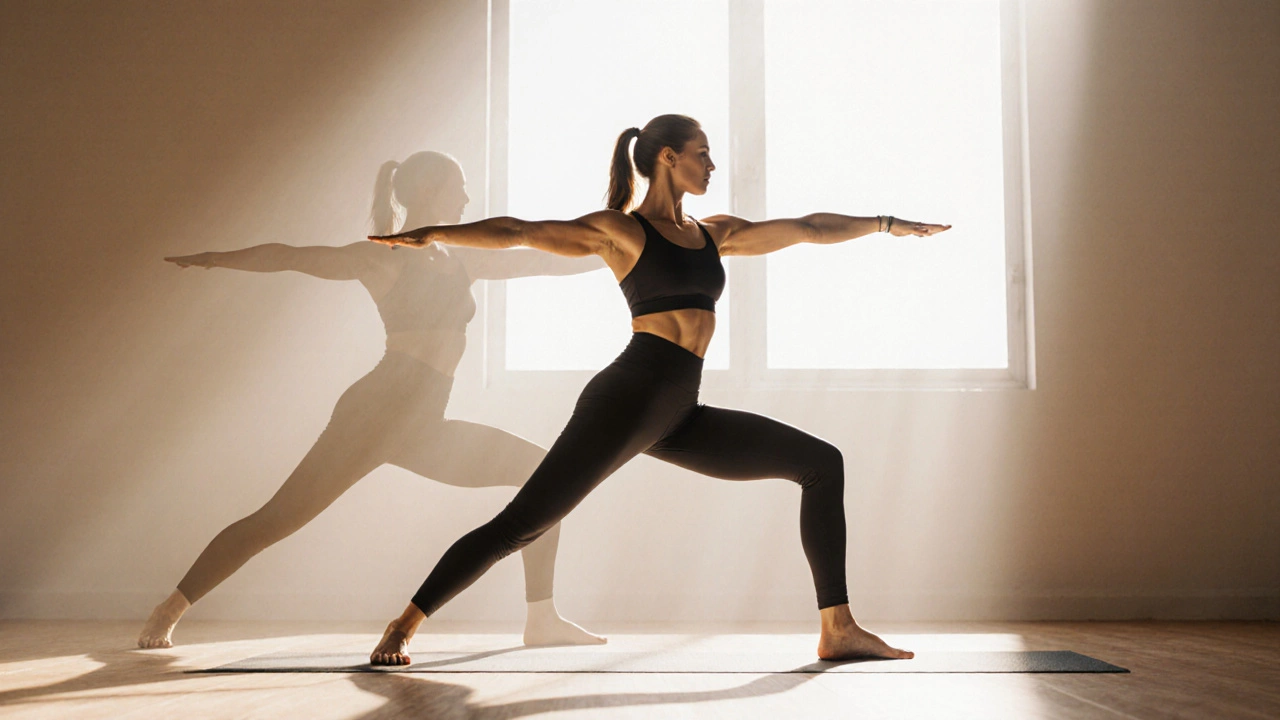Yoga Muscle Tone – Build Strength, Flexibility & Definition with Yoga
When working with Yoga Muscle Tone, using yoga postures to increase muscle firmness and definition. Also known as yoga for toning, it blends strength, breath control, and mindful movement.
muscle tone, the visible firmness and definition of a muscle improves when you consistently practice poses that load the muscles. core strength, the ability of the abdominal and back muscles to stabilize the spine acts as the foundation for most yoga balances and flows, so a strong core directly supports better muscle tone. strength training, any activity that challenges muscles to work against resistance influences yoga muscle tone by increasing fiber recruitment, while yoga adds joint stability and flexibility. Finally, flexibility, the range of motion available at a joint allows deeper stretches, which leads to more effective muscle activation and a leaner look.
Key Concepts for Toning Through Yoga
Yoga muscle tone encompasses core strength, flexibility, and mindful resistance. It requires regular practice—most people notice firmer arms and legs after four to six weeks of consistent sessions. Power‑based styles such as Vinyasa or Ashtanga are especially good at building muscle endurance because they keep you moving, while slower styles like Yin provide the connective‑tissue work that keeps muscles supple. Pairing these styles with short bursts of body‑weight work (plank variations, chair pose holds) creates a hybrid effect similar to traditional strength training.
Another important link: nutrition. Even the most disciplined yoga routine won’t show visible tone without enough protein to repair muscle fibers. A simple rule of thumb—aim for 0.8–1.0 g of protein per kilogram of body weight each day—supports the rebuilding process that follows each yoga session. Hydration also matters; well‑hydrated muscles perform better and recover faster, which translates to steadier progress in tone.
Mindfulness is the invisible driver behind lasting results. When you stay present, you recruit the right muscles instead of compensating with larger, less efficient groups. This precise activation reduces injury risk and helps you hold poses longer, which in turn deepens the toning effect. Many yogis report that a focused breath count (inhale‑exhale cycles) improves their perceived effort, making each session feel more productive.
To track progress, use simple metrics: measure the distance you can hold a plank, record how deep you can go into a pigeon pose, or take photos every two weeks. These concrete markers give you feedback on both strength gains and visual tone. If you notice a plateau, swap in a new pose or increase the hold time by 10–15 seconds—that small tweak often re‑stimulates muscle fibers.
Our collection below covers every angle of this topic. You’ll find articles that debunk common yoga mistakes, explain why yogis stay lean, show realistic timelines for seeing changes, and give hands‑on plans for building muscle tone without heavy gym equipment. Whether you’re a beginner curious about a 20‑minute daily routine or an experienced practitioner looking to fine‑tune your strength, the posts ahead will give you practical steps and science‑backed tips.
Ready to dive deeper? Scroll down to explore detailed guides, workout samples, and expert advice that will help you turn yoga practice into a powerful tool for muscle tone and overall wellness.

Can Yoga Transform Your Body Shape? Facts & Tips
Maeve Larkspur Oct 23 0Discover how yoga can reshape your body, the science behind muscle tone, and practical routines to see real changes in your shape.
More Detail